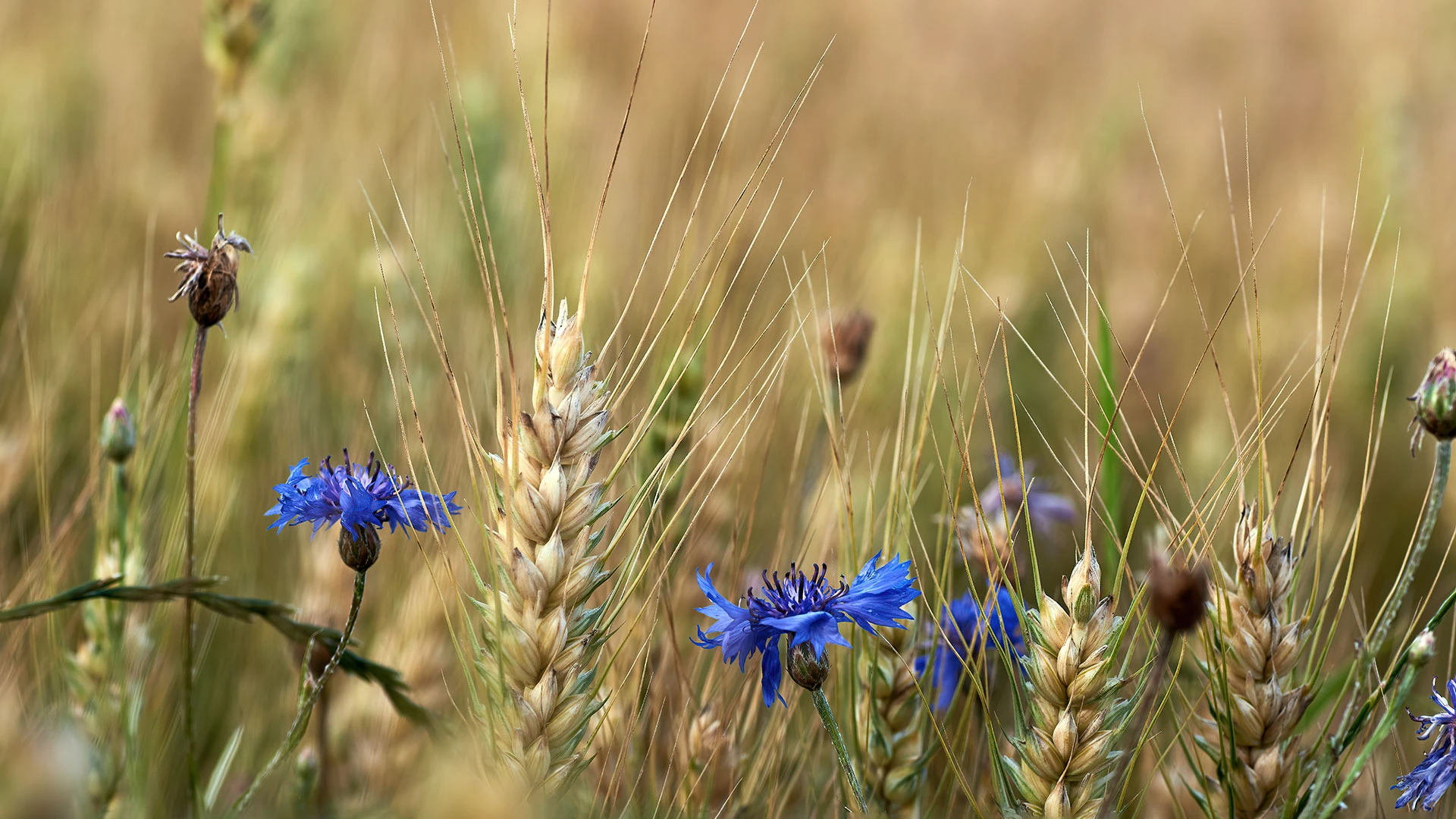What’s new in the Green Funding Framework?
The framework outlines how we identify, select, verify and report on the environmental projects directly or indirectly financed by the proceeds of our green funding.
The most prominent change in the 2025 version is the more comprehensive section on “Sustainable Management of Living Natural Resources and Land Use” that now includes clear biodiversity project types. Examples of project types and criteria are:
- Biodiversity in conventional farming. We now have third-party certified conventional farming with mandatory biodiversity actions through the IP Sigill standard. This has significant potential to increase biodiversity in agriculture through verified measures. We’re expanding beyond organic production to acknowledge biodiversity measures in conventional farming.
- Development of biodiversity credits. We now have special recognition for terrestrial and aquatic conservation projects that create biodiversity credits. This can potentially help build the biodiversity credit market by providing green financing to projects developing these credits.
- Biodiversity in shipping. The framework now includes several concrete project types that highlight potential for green financing in shipping and biodiversity-beneficial techniques, such as noise pollution reduction and dynamic route planning systems.
- Environmentally friendly pest management. The framework now acknowledges Integrated Pest Management (IPM) as a project type eligible for green loans. IPM is an effective and environmentally sensitive approach to pest management. The EU Farm to fork Strategy aims to reduce the use and risk of chemical pesticides by 50 percent by 2030, which IPM helps achieve.

